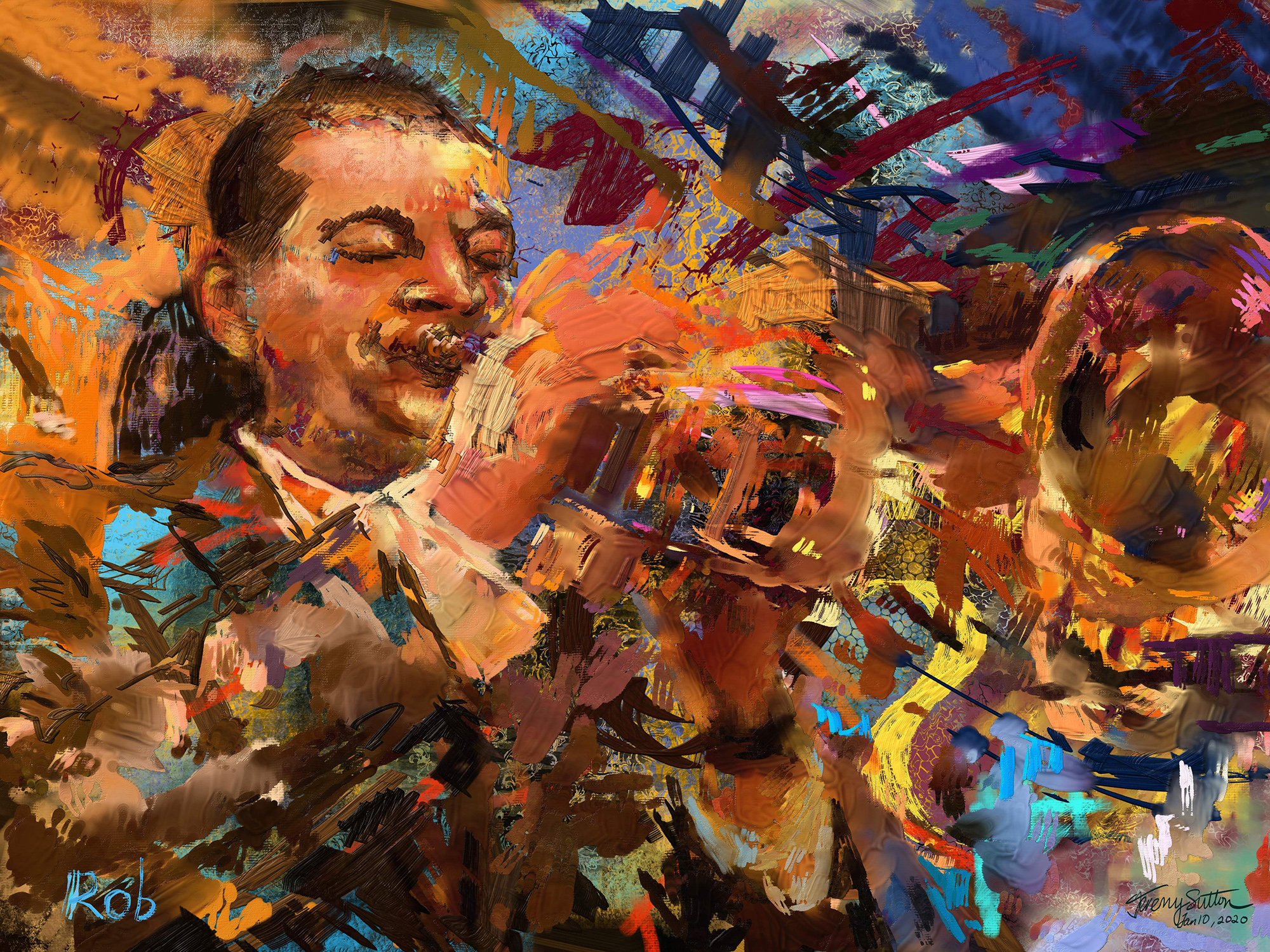

Reduce the brush size to paint in smaller details. You can also use the keyboard shortcut Cmnd/Ctrl-T.ĭraw your strokes in the direction of the lines of the subject, or for any effect you want. Click again to turn the tracing paper back on. Now you can see your brushwork over the plain white background. Do this by clicking on the icon at the top right of the clone image window, which looks like overlapping white and black sheets of paper. To increase the color saturation (with oils or other brushes where you’re not at 100 percent), paint over the same area again.Ĭheck your work periodically by switching off the tracing paper. After setting a brush size of about 10, an opacity of 56, and resat (resaturation) of 100, I made horizontal and diagonal strokes around the edges of the subject, using the tracing paper image of my photo as a guide. For the chalk to create a grainy effect, I then selected Artists Rough paper from the Paper selector. In the Brush Category selector at the upper right of the menu bar, I selected Pastels, then in the adjacent Brush Variant box, Artist Pastel Chalk. In the Colors palette, I clicked on the rubber stamp icon to tell Painter to take the colors from my original photo. Keep the original photo open in the background, but work only on the clone copy. You draw or paint on this tracing paper so you can follow the outlines of the photo.

This will create a new “clone” file which is a solid white background with a digital “tracing paper” overlay containing a copy of your photo added on top, at about 25 percent opacity (#12). I set the Painter palettes to their normal positions by choosing Window>Workspace>Default.

Although you can do this with a mouse, using a graphics tablet with a pen makes it easier. All you really need is the ability to trace. If you have any drawing skill at all, I strongly recommend that you try painting some of your photos by hand. Enhanced tilt sensitivity when using the bristle brushes creates more realistic paint and watercolor effects. So you could draw an outline of your photo’s subject, a face for example, with the tip, then tilt the pen to shade the cheeks with the side of the pencil or chalk. A more vertical angle of the pen will create a thin brush stroke, while a slanted angle yields a wider stroke, perfect for shading and textures, and for enlivening a drawn outline. Similarly, for heightened realism, Version 11 is fully responsive to the tilt of the pen on the tablet. If you slow down your drawing, brush strokes get thicker. As you increase the speed of your pen, less ink is applied, resulting in thinner brush strokes. If you use a graphics tablet, Painter 11 gives you new, more realistic velocity control.


 0 kommentar(er)
0 kommentar(er)
